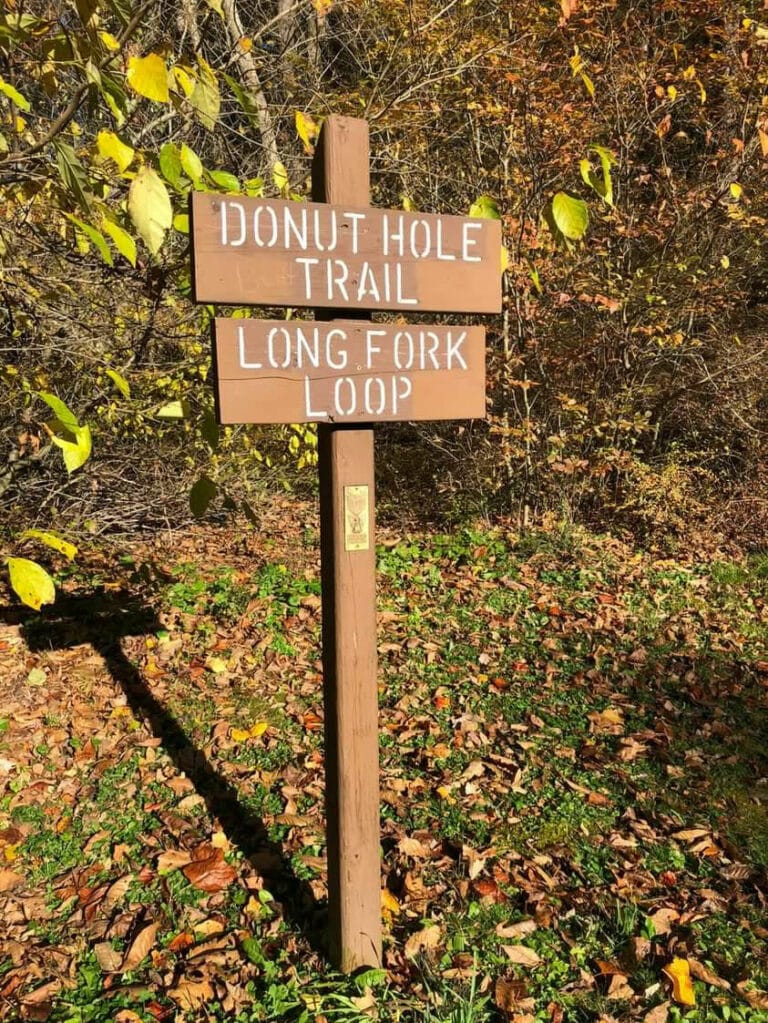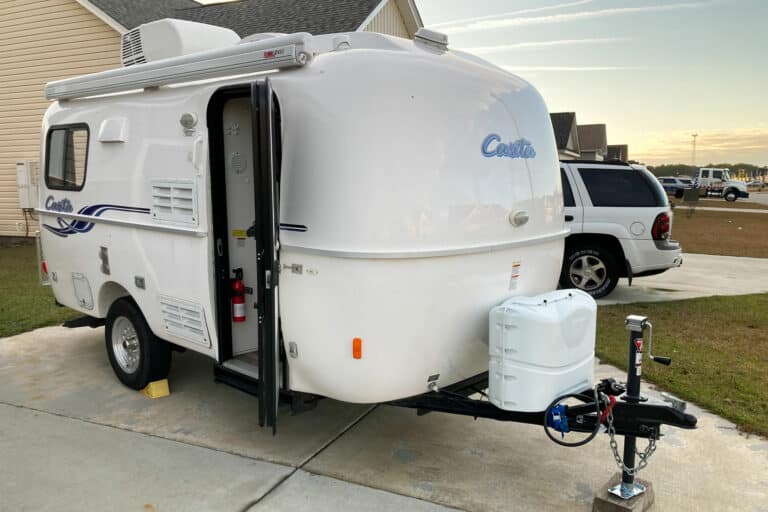Steve Bair, backcountry wilderness and trails manager for Shenandoah National Park, cites “not being prepared for winter weather” as the most common mistake made by winter campers.
Here is his advice: 1. Look at the weather forecast for the region. Keep in mind that it will be much windier and 10 to 15 degrees colder on the ridge tops.
2. Bring a map. Snow-covered trails are much harder to follow.
3. Layer, layer, layer. Wear a layer of clothing with wicking properties close to the skin. Wool and synthetics are your best bets. Avoid cotton.
4. Bring extra clothes: Even if you don’t fall in a stream, your clothes might be damp with perspiration by the end of a long day of hiking.
5. Eat more. If you’re hiking all day in three feet of snow, you’re going to burn more calories than Michael Phelps in training camp. During a vigorous day of hiking in sub-freezing temps, you can burn upwards of 4,000 calories.
6. Drink more. You can easily get dehydrated, even without noticeably sweating. Keep a thermos full of fluids, but remember that whatever you don’t keep close to your body will freeze in severe conditions. Tuck your water bottle in the foot of your sleeping bag at night to prevent it from freezing. Water will also freeze at a lower temperature if it contains an additive—like lemonade or Gatorade.
7. Keep spare batteries warm. Headlamp and flashlight batteries are also surprisingly susceptible to the cold, so carry your spares where they will be warmed by your body heat.
8. Bring a warm sleeping bag and sleeping pad. Mummy bags with closeable hoods are essential. And the sleeping pad will insulate you from the cold ground.







